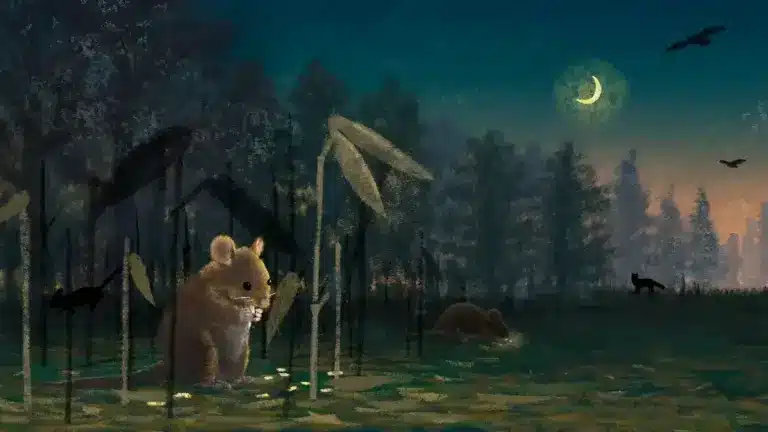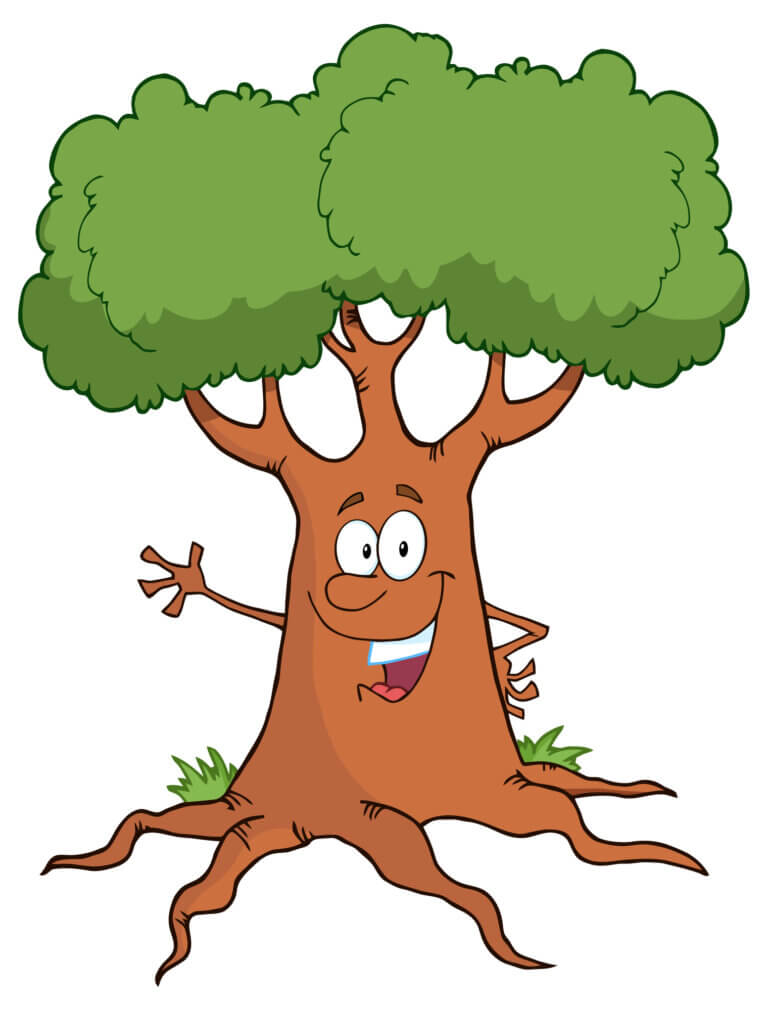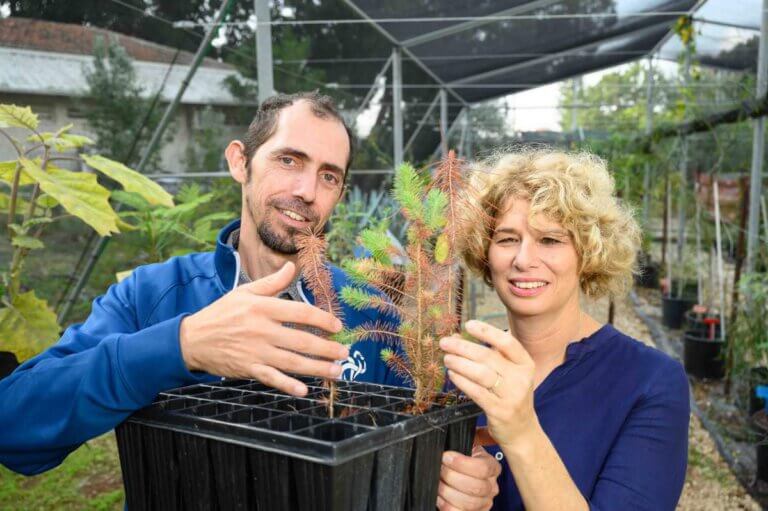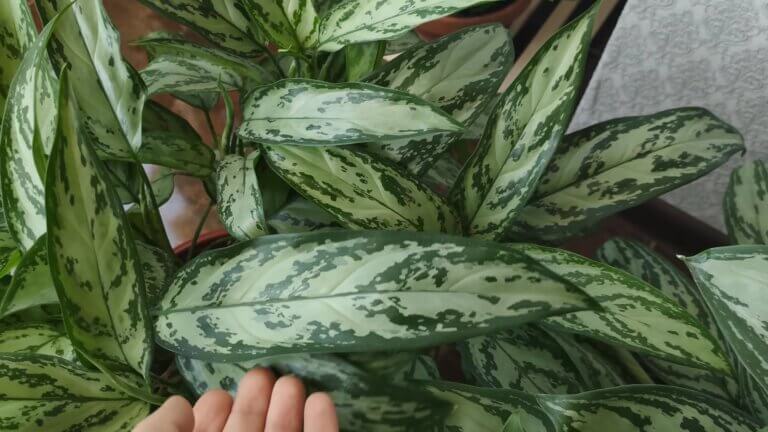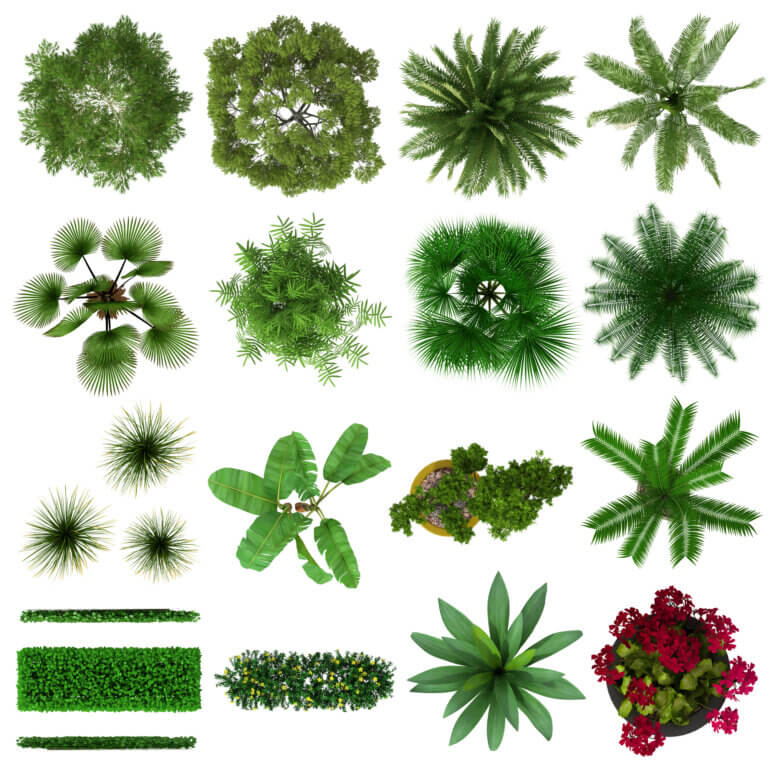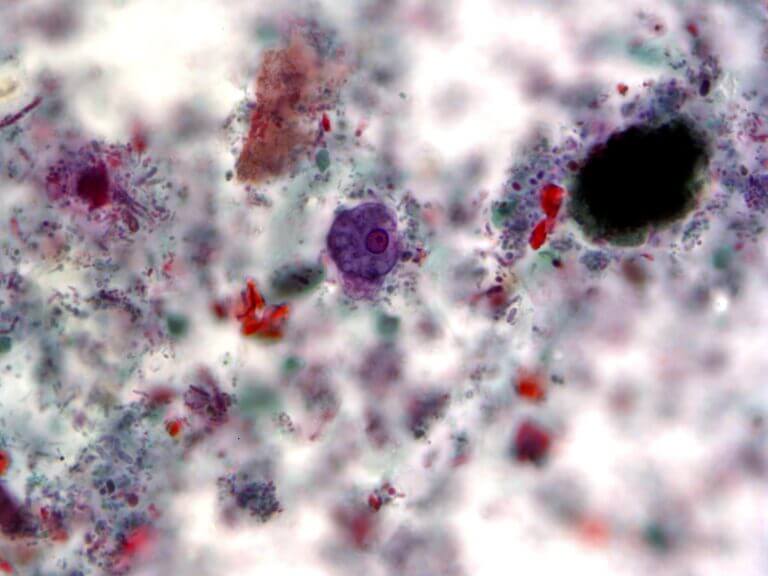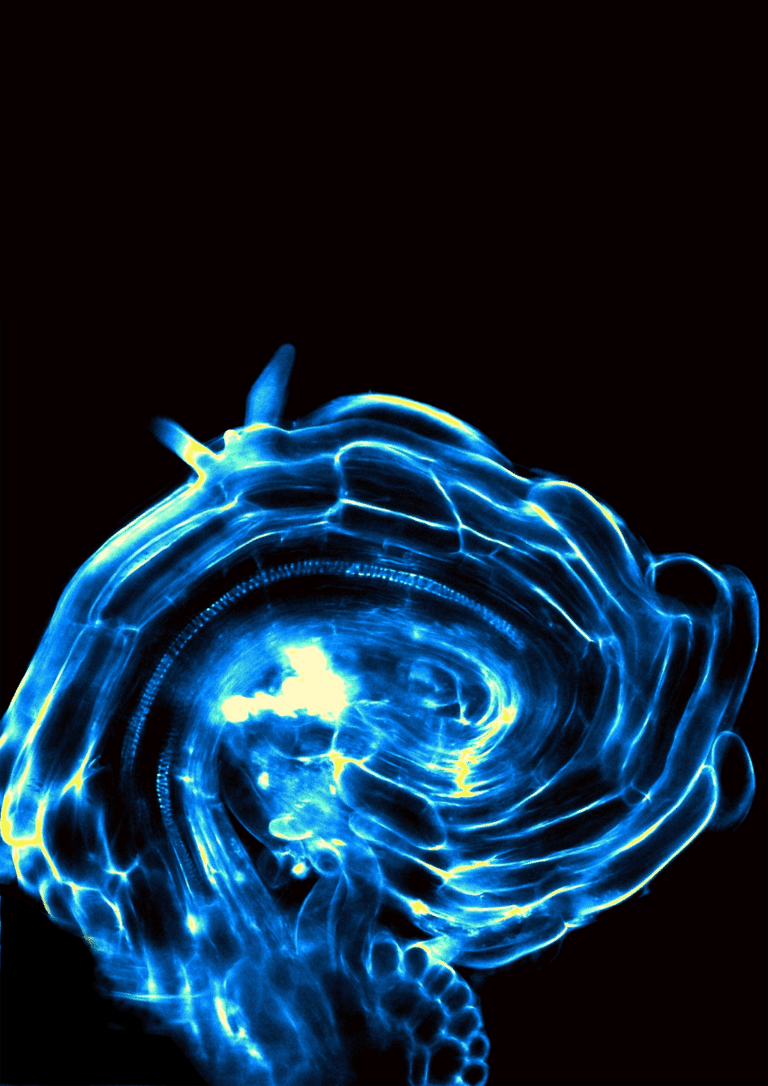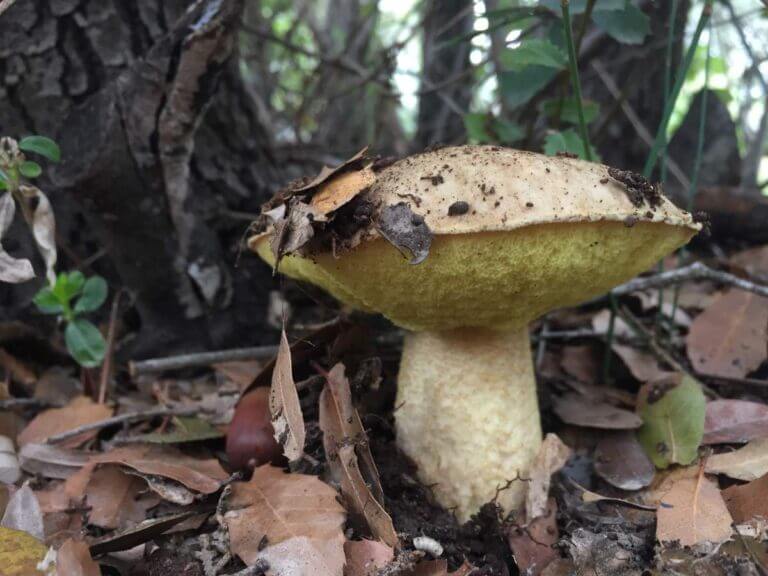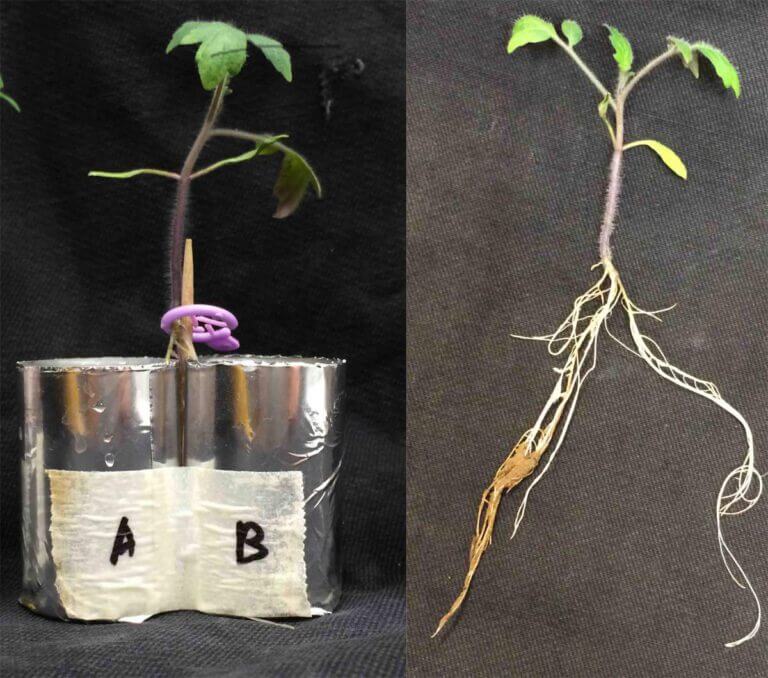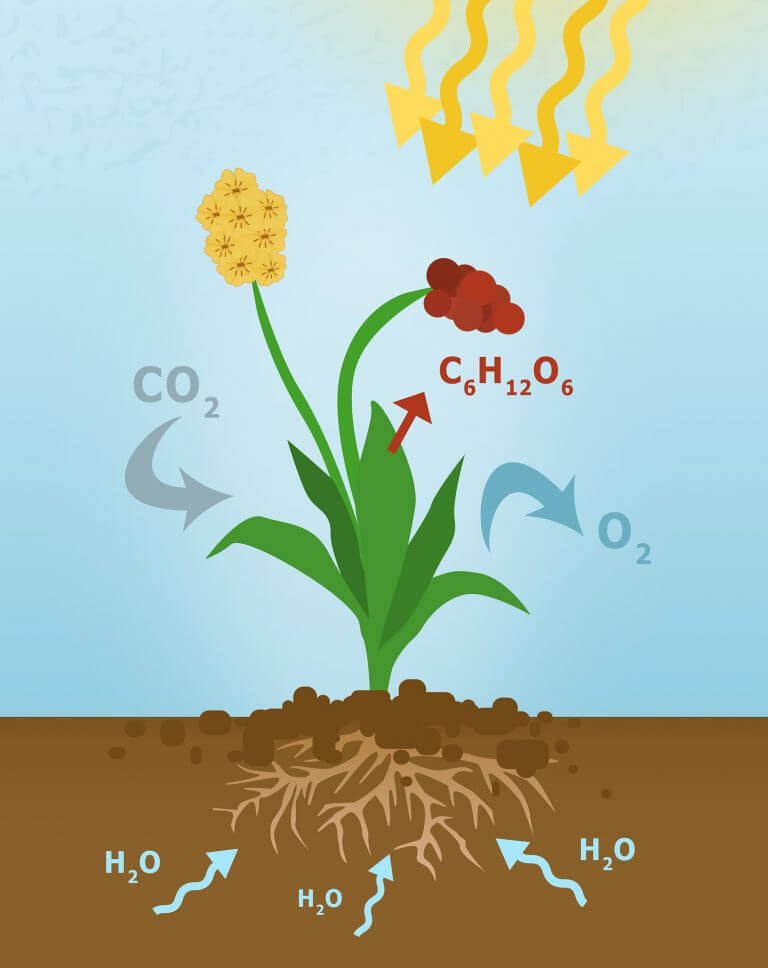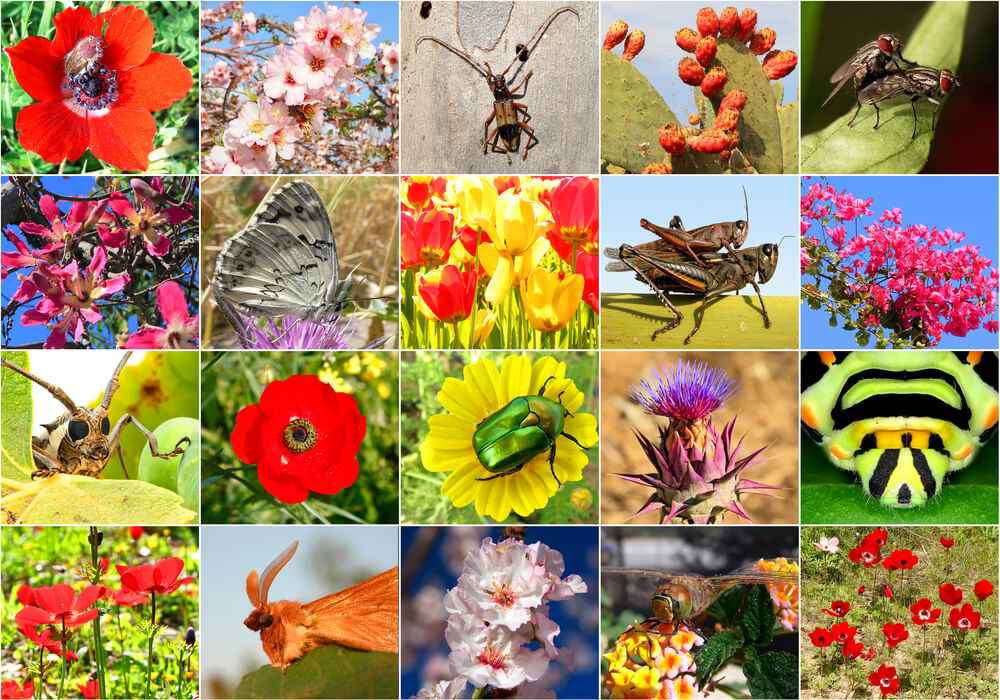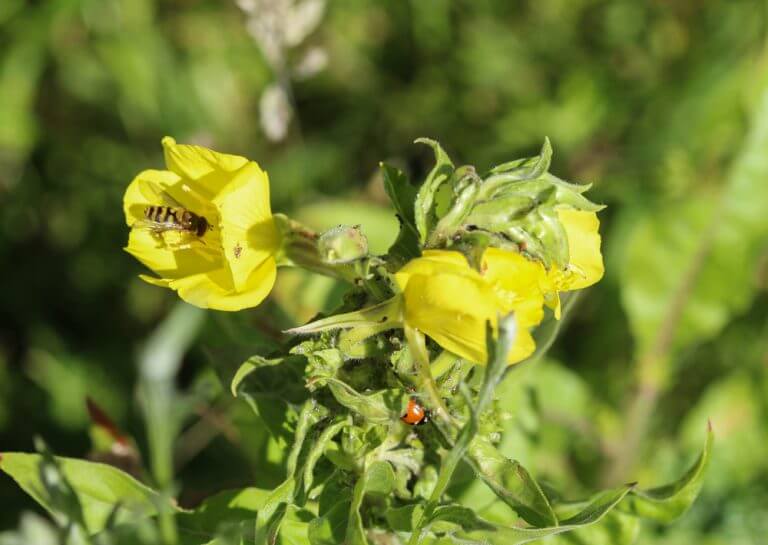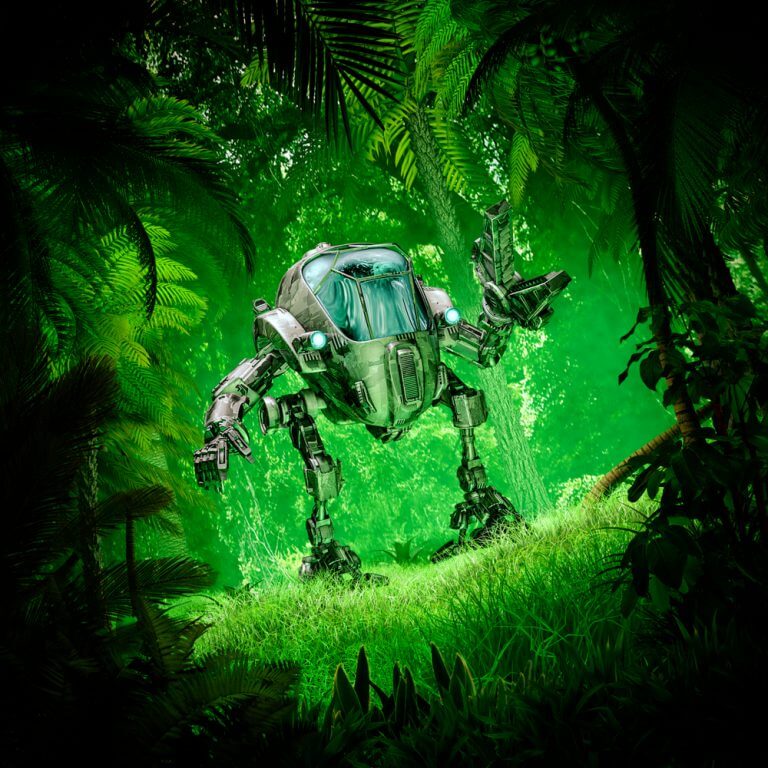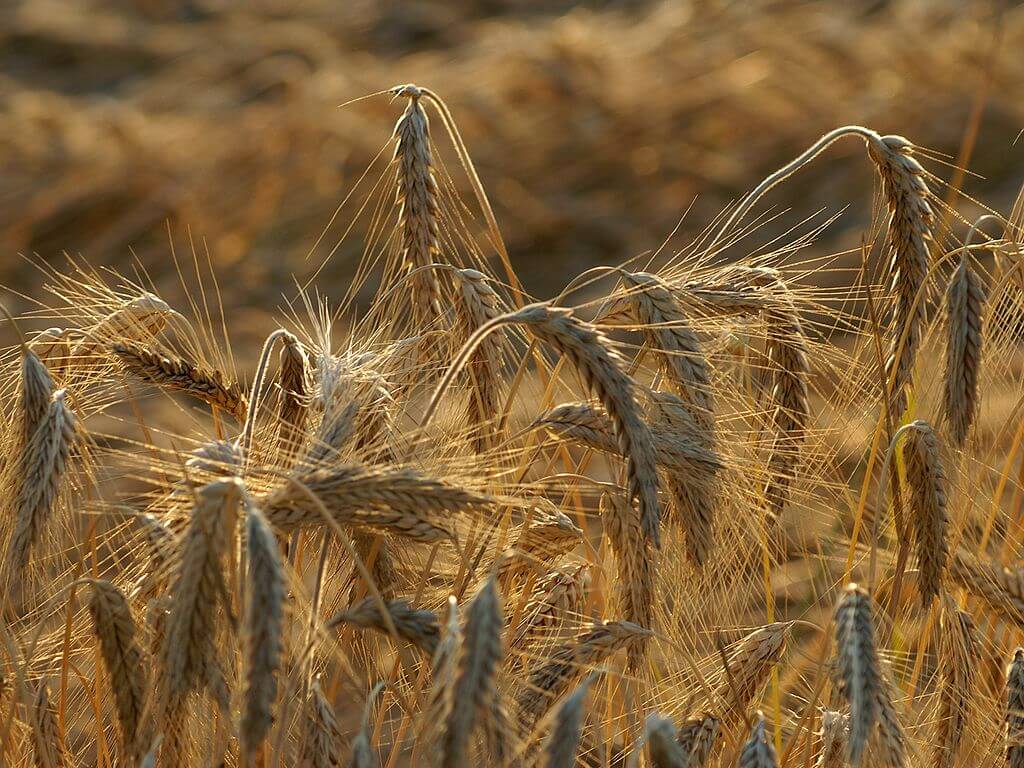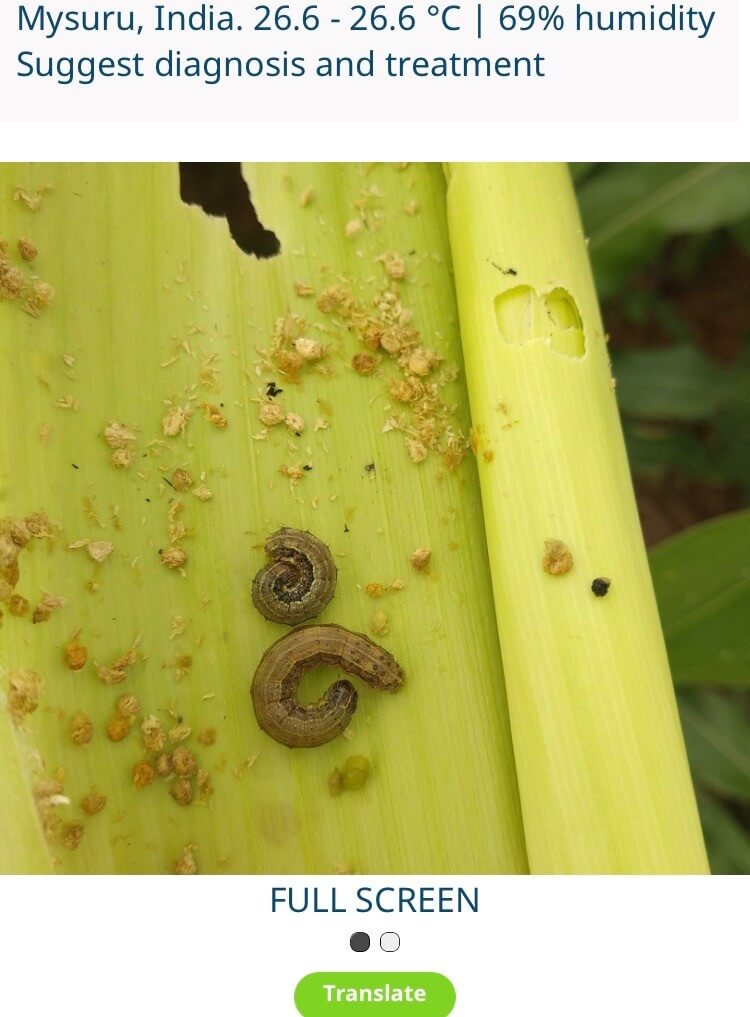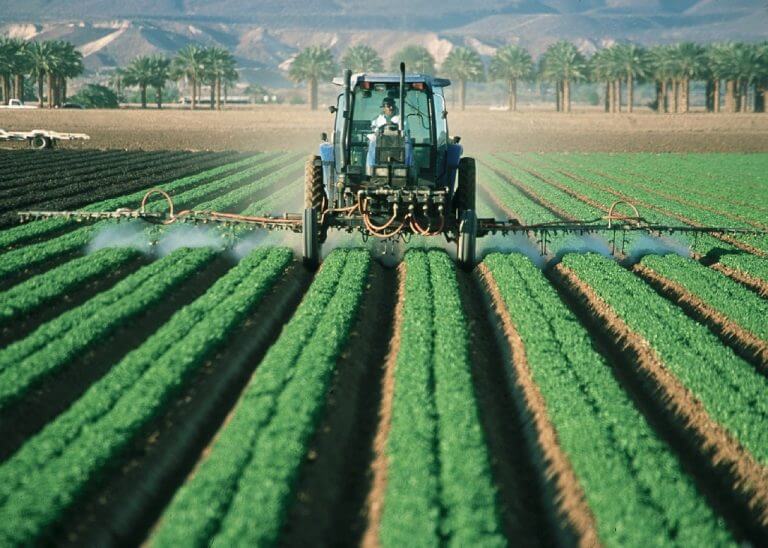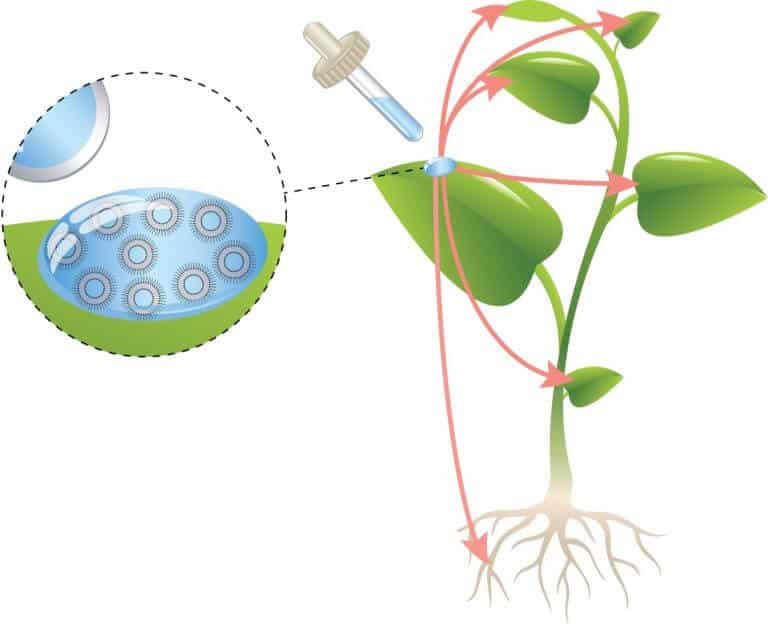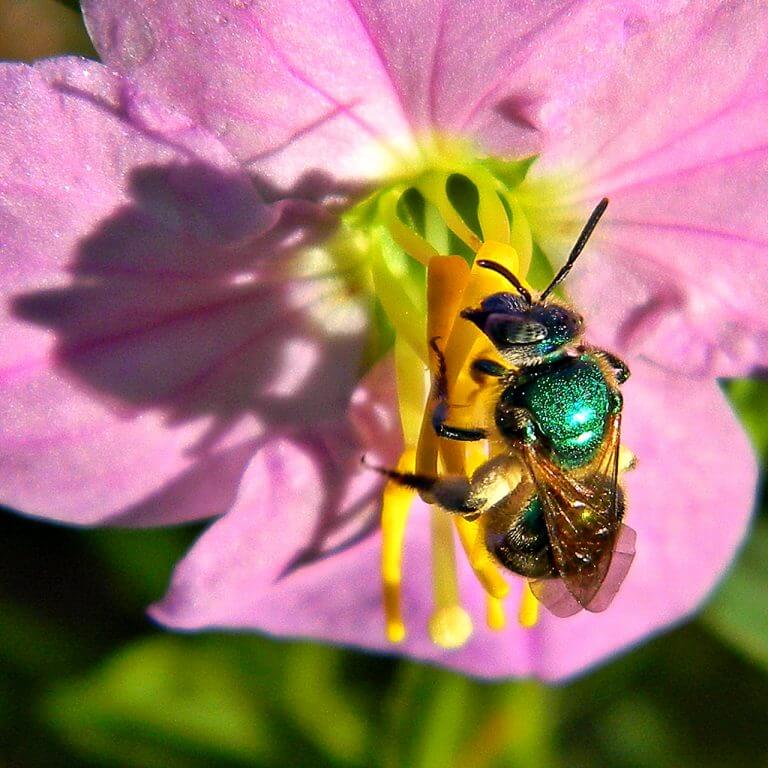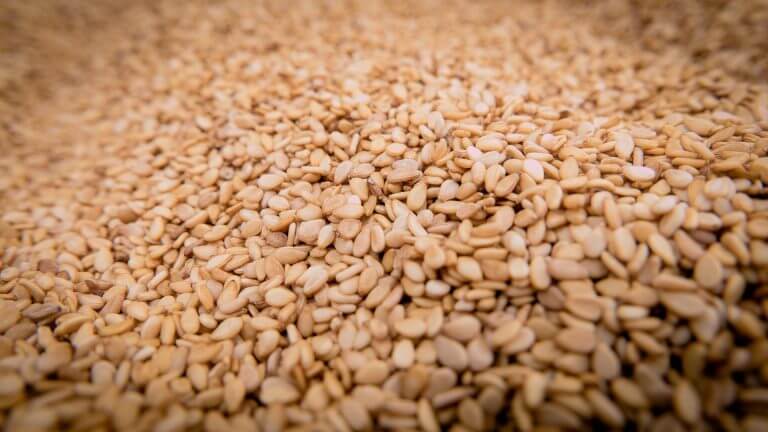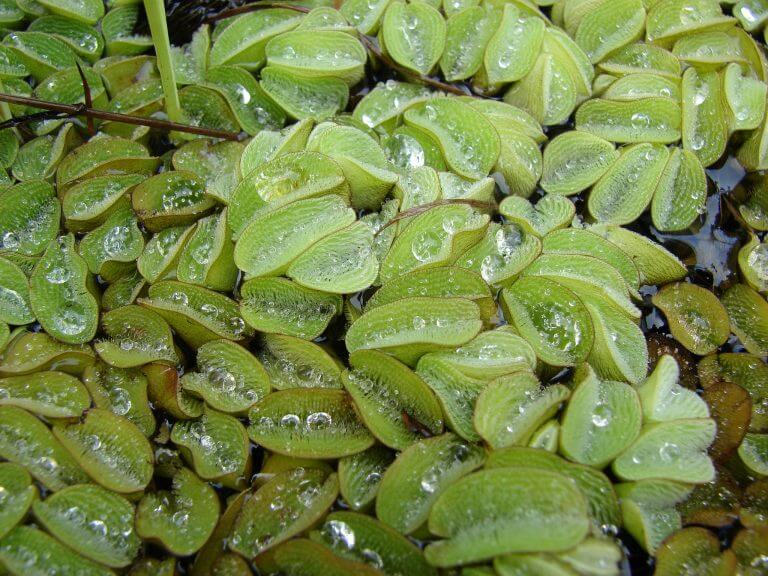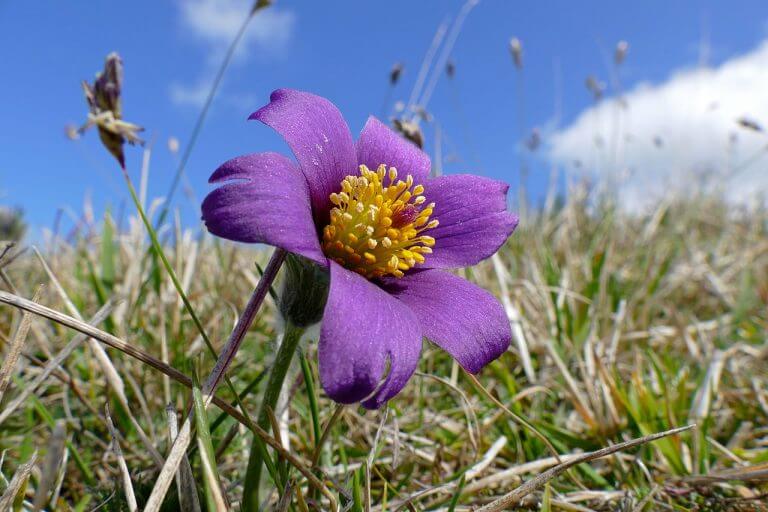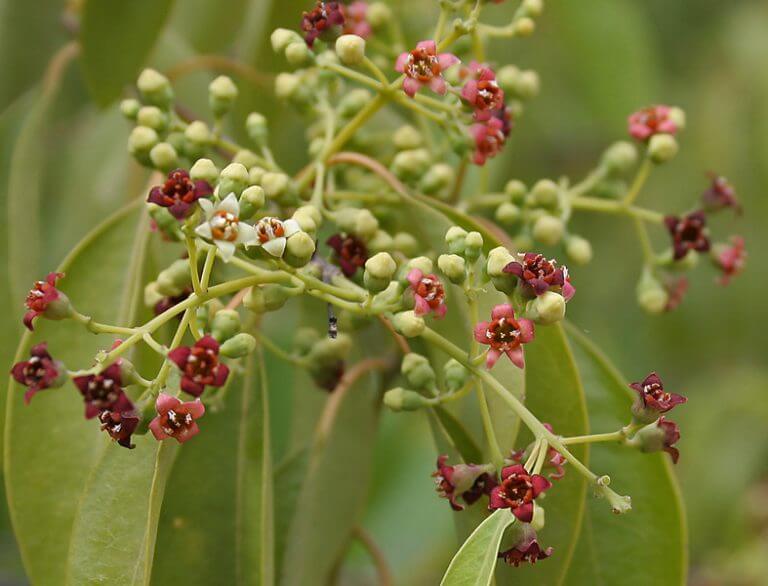Hayadan > plants
plants
- Avi Blizovsky
- November 23, 2023
- No comments
Their findings highlight the importance of understanding the needs of both plants and animals to ensure the health of local ecosystems. They also overturn a previously held belief about how mice store seeds
- Avi Blizovsky
- October 14, 2023
- 4 תגובות
32 plant and forest researchers from all over the world published an article in the journal Trends in Plant Science in which they examined all these claims
- Weizmann Institute
- July 17, 2023
- Science site The Conversation
- June 16, 2023
- 2 תגובות
What will happen to all our stuff? What will happen to our homes, our schools, our neighborhoods, our cities? Who will feed the dog? Who will cut the grass? Although it's a common theme in movies, TV shows, and books, the end of humanity is still a strange thing to think about
- Tel Aviv University
- April 4, 2023
Each plant and each type of distress has a characteristic, recognizable sound. The sounds of plants sound like clicks, like popcorn, at a volume similar to human speech but at frequencies above the human hearing range, and they may be picked up by various animals, such as bats, mice and insects
- The Hebrew University
- February 2, 2021
Each plant has special organs in different shapes; The leaves, flowers, fruits, and seeds of one plant will not resemble those of another plant, even between two different tomato varieties. Now researchers from the Faculty of Agriculture of the Hebrew University in Rehovot have found out why
- Yoram Soreq
- August 28, 2020
- One response
Two questions will occupy us in this column, both of which concern the relationship between the whole and its parts. Let's start with Nir's philosophical questioning: in the animal world (fish, reptiles, mammals and birds) we know that all the organs of the body serve the brain, without a brain the rest of the body has no right to exist. But what happens in the plant world? On which part of the tree can it be said that all the other parts serve it?
- The Hebrew University
- August 7, 2020
- One response
- Weizmann Institute
- July 7, 2020
- 3 תגובות
- Weizmann Institute
- May 23, 2020
- 3 תגובות
- Dr. Moshe Nahamani
- February 7, 2020
- One response
- Dr. Asaf Rosenthal
- January 21, 2020
- 2 תגובות
- Tel Aviv University
- July 6, 2019
- 4 תגובות
- Tel Aviv University
- February 27, 2019
- One response
- Haifa University
- January 13, 2019
- One response
- Avi Blizovsky
- August 19, 2018
- 4 תגובות
- Dr. Moshe Nahamani
- June 29, 2018
- No comments
- The Technion
- May 22, 2018
- No comments
- Scientific American Israel
- December 30, 2017
- 2 תגובות
- Angle - a news agency for science and the environment
- November 25, 2017
- One response
- The Israeli Biomimicry Organization
- November 17, 2017
- One response
- Avi Blizovsky
- October 27, 2017
- No comments
- Dr. Asaf Rosenthal
- October 9, 2017
- 9 תגובות
- Scientific American Israel
- September 30, 2017
- No comments
- Dr. Asaf Rosenthal
- August 26, 2017
- 2 תגובות

